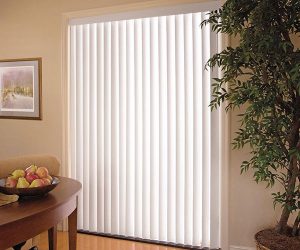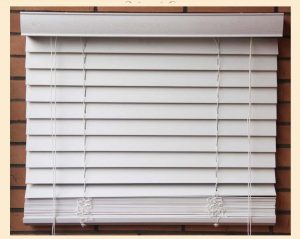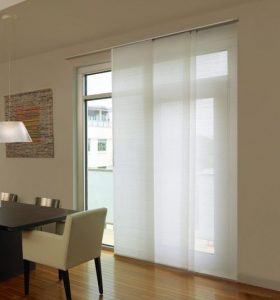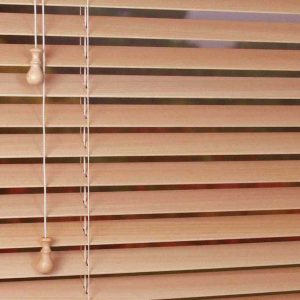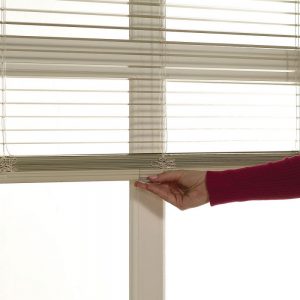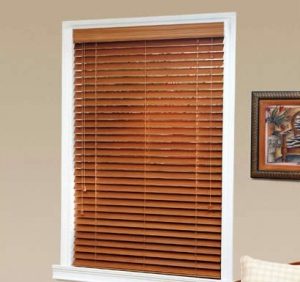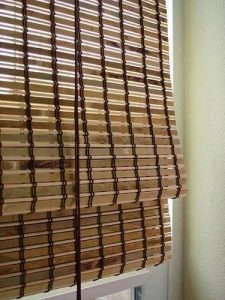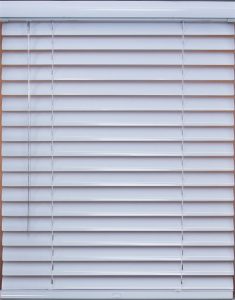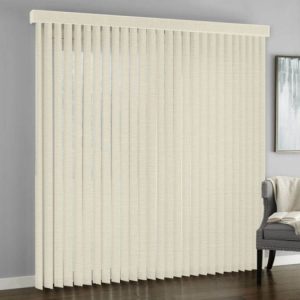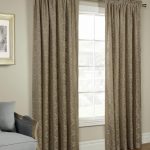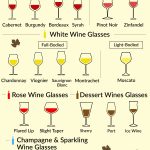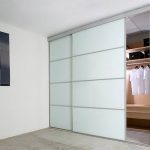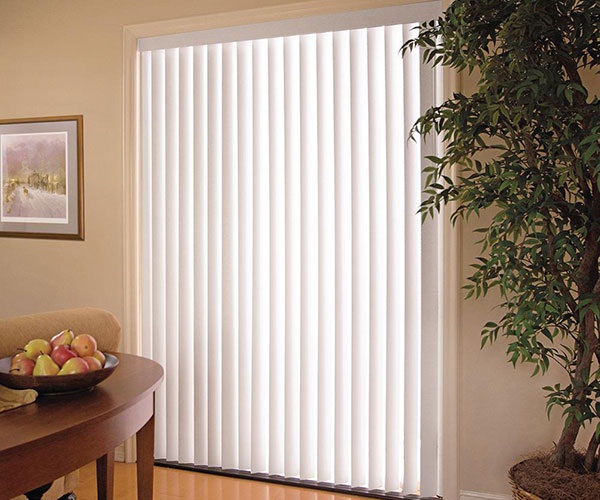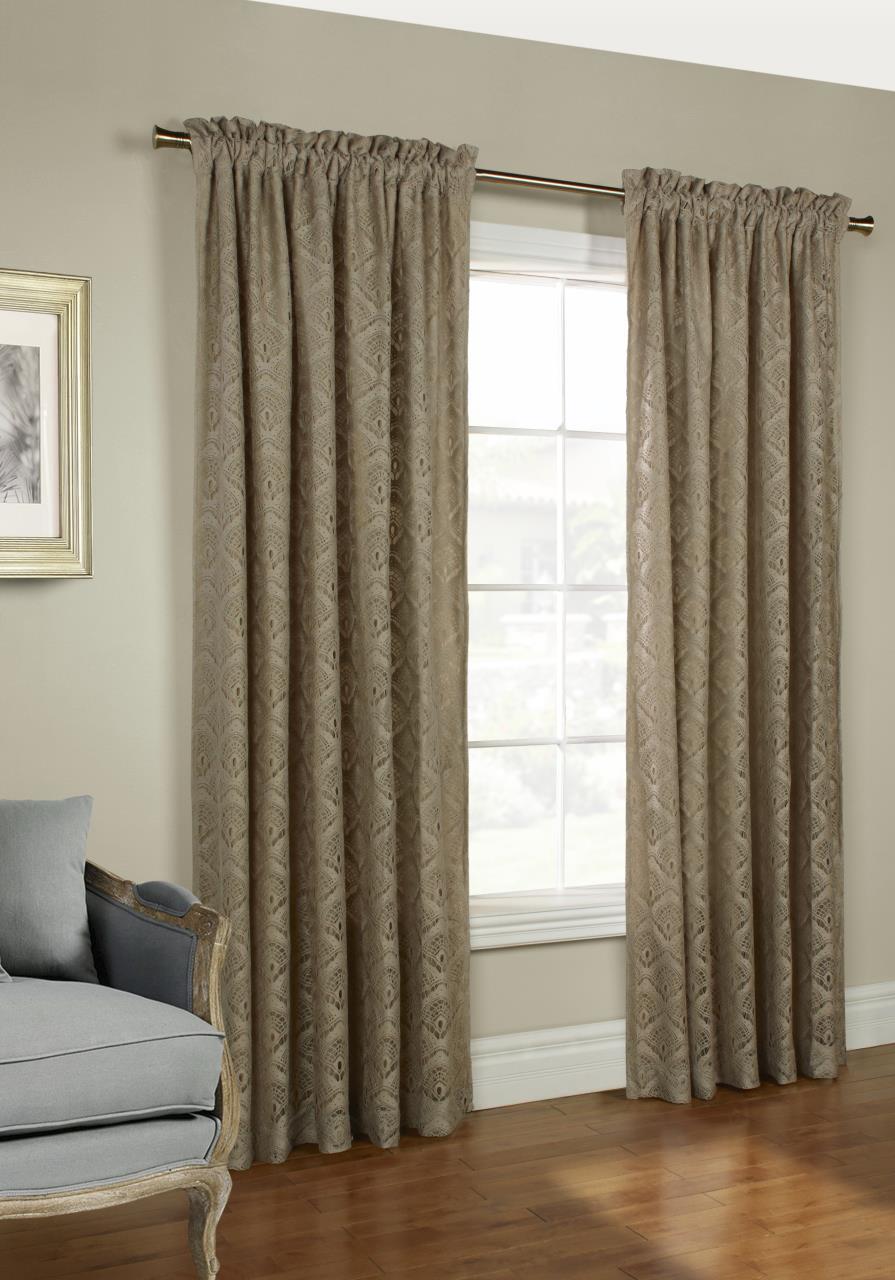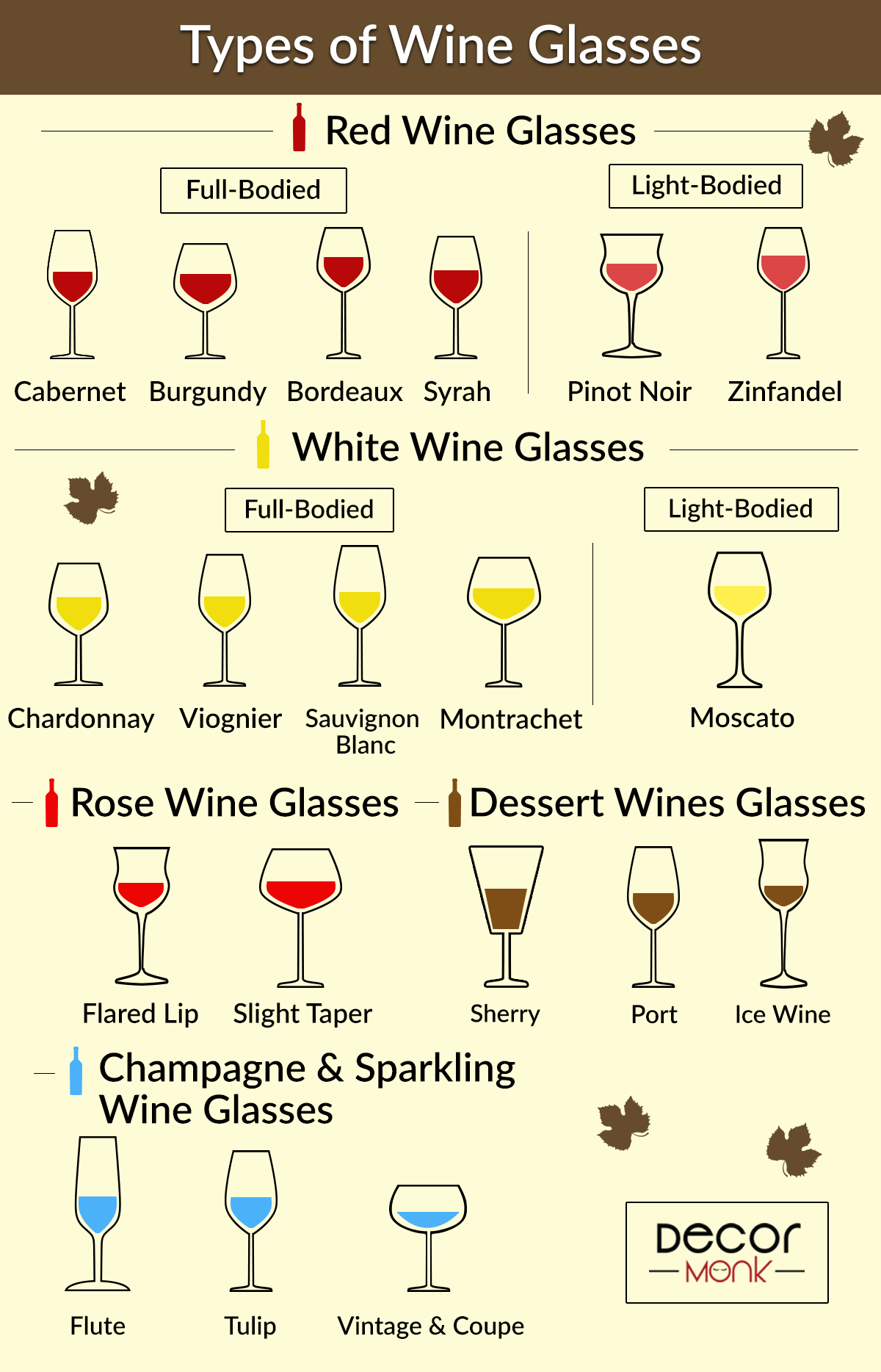Blinds are a contemporary alternative to the traditional curtains. They protect you from the elements and maintain your privacy in style. Here we have tried to list all the common types along with their pictures, advantages, and disadvantages so you can have a fair idea next time you go shopping for blinds.
Different Types of Blinds
A. Based on Structure
1. Vertical
The slats of these blinds are vertical and can rotate 180 degrees. Being long, they give good coverage and block incoming light. So you can have them on large glass doors of the patio and backyard. They are also good for large windows and French doors. Though typically made from vinyl, they come in fabric too. The panels are individually hung by a clamp at the top and can rotate left or right when a pole at the side is twisted. You need to pull a cord to slide them open to one end of the window.
Pros: Easy to install and low on price.
Cons: Don’t look as good when opened. If hung over an open window, it can be easily broken by the breeze.
2. Venetian
These blinds have horizontal slats that are typically made of wood, metal or plastic. Cords or strips of fabric called tapes attach the slats holding each at a fixed distance apart and allowing you to tilt them up to 180 degrees. They are the most common blinds in homes and can be used in any room. They are a good match for bay windows. There can be two types of Venetian blinds, mini and micro. The slats of mini blinds are smaller, about 1” while those of micro blinds are ½”. They suit small windows of the bathrooms and other rooms that need small scale options.
Pros: You can raise them easily to make way for opening the window. They are versatile, cost-efficient, and easy to maintain, boasting of a classic look.
Cons: Frustrating to adjust since you have to pull a string to unlock the slats before tilting them. If you are mounting it on the inside of the window jamb, there needs to be more depth of the wood.
3. Panel
These blinds typically have four wide sections made of thin fabric instead of slats, which move along a track, allowing you to open and close them. They are ideal for large glass doors and sliding backdoors. They also pair well with very large windows and patio doors. The panels don’t rotate or tilt but slide one on top of the other to allow light into the house.
Pros: Soft fabrics are used, giving them a classy look. Cheap and easy to clean.
Cons: They block a significant part of the door even when fully open. You need to keep the tracks clean or the panels could get stuck.
B. Based on Mechanism
1. Standard Pull Cord
The traditional blinds are lifted up and down and tilted with the help of cords. They are also known as the standard cord, single retractable cord and the standard lift cord blinds. You are likely to find them in large offices with many windows.
Pros: Pocket-friendly.
Cons: Not safe for children as they can get hurt. You will need to keep the cord out of their reach by securing it to the wall by a cord cleat.
2. Cordless
This type of blind is operated manually by hand. An adjustable tension system equipped with multiple spool drums helps to raise and lower the blinds eliminating the need for a cord.
Pros: Kid-friendly and easy to use. Give a clean look to your window system.
Cons: They can be raised only as much as the hands of the person lifting them can reach. If you have windows that are hard to reach or multiple windows, you can add a motorized lift feature in your blinds. It looks good in modern hi-tech rooms and media rooms. You can also have smart blinds that are AI-controlled and automatic.
C. Based on Material
1. Wood
Wood and bamboo are the most commonly used materials for blinds due to their natural beauty and the warmth that they impart to houses. They come in a variety of stains and colors to match your taste.
Pros: High on strength.
Cons: Not suitable for rooms or areas with ample humidity or moisture. They are also prone to warping, cracking, splitting and breaking as the wood naturally expands and contracts. Can burn a hole in your pocket.
2. Plastic
These are also available in various colors and suit almost all rooms, including the kitchen and living room.
Pros: They are cheap and flexible.
Cons: Don’t give the same luxurious look as other materials like wood and metal. Mostly made from thin plastic, they get damaged with time.
3. Metal
Though metal blinds have a look similar to plastic, they come in a larger variety of finishes. Keep an eye out for the gauge of your metal blinds. The durability and thickness of the slats increase with the decrease of the gauge.
Pros: Being moisture resistant, they are a good fit for bathrooms and humid areas.
Cons: This is the noisiest of the lot, annoying to some people.
4. Fabric
Cotton, seagrass and jute are the most popular options of this material. You can have beautiful prints on them or have them plain. Choose the ones with an insulating lining for keeping the heat out and the blackout ones for your bedroom.
Pros: Durable and easy to clean.
Cons: Not resistant to fading. Unsuitable for the kitchen and bathroom.
Now that you know how many types of blinds are there, you can plan a dream home makeover. Depending on your pick, you can make a room look dressy or casual. Ease of operation, maintenance, and cohesion with the rest of your home decor are things you would be looking out for in the blinds of your choice.

